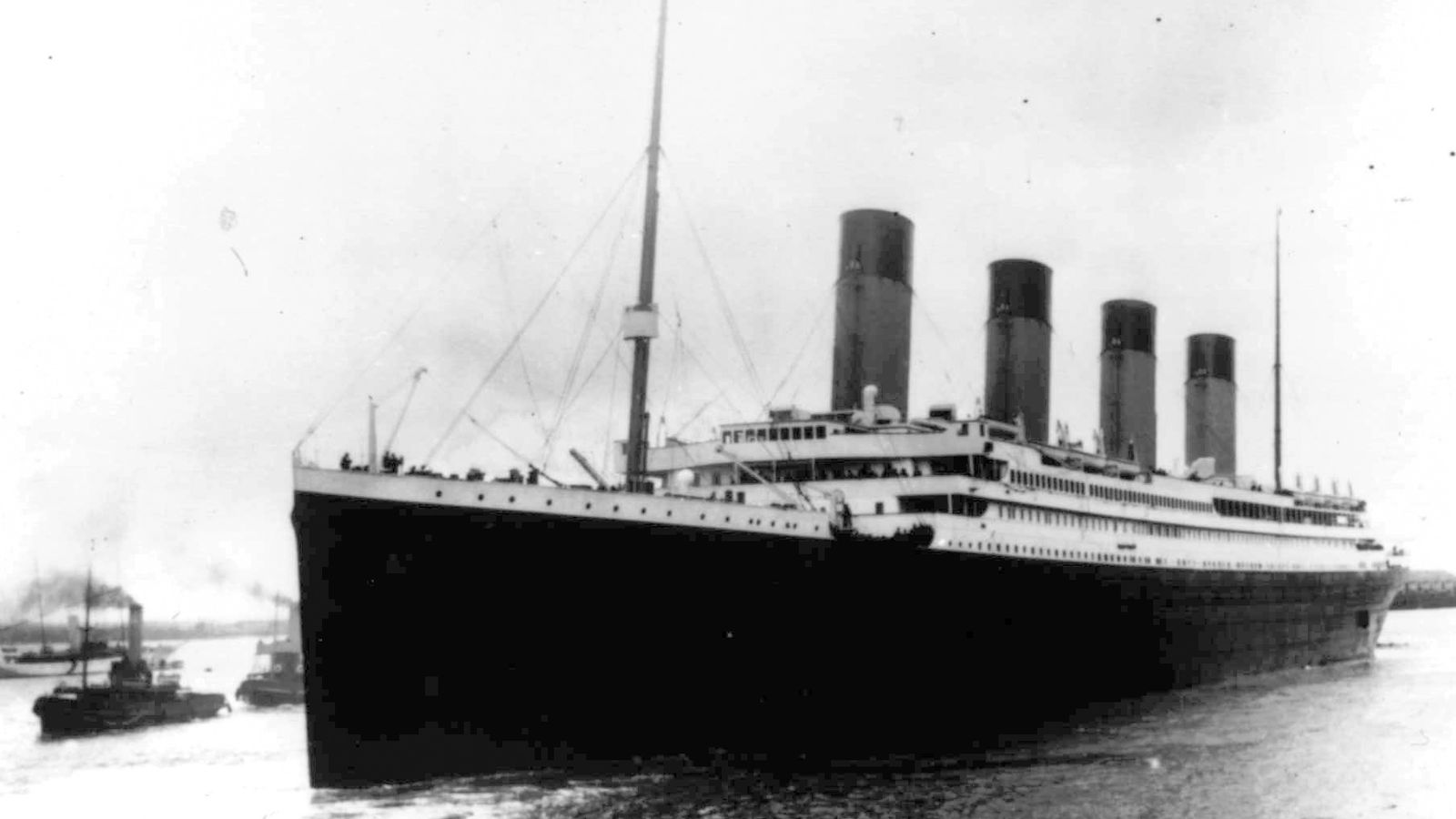US government challenges planned expedition to recover items from Titanic


The US government is challenging a planned expedition to recover items of historical interest from the Titanic.
The expedition is being organised by RMS Titanic Inc (RMST), the Georgia-based firm that owns the salvage rights to the world’s most famous shipwreck.
The company exhibits artefacts that have been recovered from the site at the bottom of the North Atlantic, from silverware to a piece of the Titanic’s hull.
The US government’s battle to stop the expedition in the US District Court in Norfolk, Virginia – which overseas Titanic salvage matters – hinges on federal law and a pact with the UK to treat the shipwreck as a hallowed gravesite.
The dispute comes more than two months after the Titan submersible imploded near the sunken ocean liner, killing five people.
The ship hit an iceberg and sank in 1912, while on its maiden voyage from Southampton to New York, killing more than 1,500 of the 2,208 passengers and crew on board.
Among the US government’s concerns is the possible disturbance of any human remains that may still exist.
“RMST is not free to disregard this validly enacted federal law, yet that is its stated intent,” US lawyers argued in court documents filed on Friday. They said the shipwreck “will be deprived of the protections Congress granted it”.
RMST’s expedition is tentatively planned for May next year, according to a report it filed with the court in June.
Advertisement
Read more:
‘Astonishing’ digital scan of Titanic reveals wreck as never seen before
New Titanic footage shows wreck in ‘highest-ever quality’
Please use Chrome browser for a more accessible video player
0:27
First full-size scan of Titanic
Company plans to recover artefacts from wreck
The company said it plans to take images of the entire wreck, including “inside the wreck where deterioration has opened chasms sufficient to permit a remotely operated vehicle to penetrate the hull without interfering with the current structure”.
RMST said it would recover artefacts from the debris field and “may recover free-standing objects inside the wreck”, which could include “objects from inside the Marconi room, but only if such objects are not affixed to the wreck itself”.
The Marconi room holds the ship’s radio – a Marconi wireless telegraph machine – which broadcast the vessel’s increasingly frantic distress signals after it hit the iceberg.
The Morse code messages were picked up by other ships and onshore receiving stations, helping to save the lives of around 700 people who escaped in lifeboats.
“At this time, the company does not intend to cut into the wreck or detach any part of the wreck,” RMST stated.
Please use Chrome browser for a more accessible video player

0:43
More Titanic details revealed in video
RMST has previously challenged efforts to ‘infringe’ on its salvage rights
The company said it would “work collaboratively” with the National Oceanic and Atmospheric Administration (NOAA), the US agency representing the public’s interest in the wreck.
RMST said it does not intend to seek a permit, but US government lawyers said the firm cannot proceed without one, arguing RMST needs approval from the US secretary of commerce, who oversees the NOAA.
The company has not filed a response in court, but it previously challenged the constitutionality of US efforts to “infringe” on its salvage rights to a wreck in international waters.
The firm has argued only the court in Norfolk has jurisdiction, pointing to centuries of precedent in maritime law.
The US government and RMST engaged in a nearly identical legal battle in 2020 over a proposed expedition that could have cut into the wreck to retrieve the radio, but the proceedings were cut short by the coronavirus pandemic and never came to fruition.

